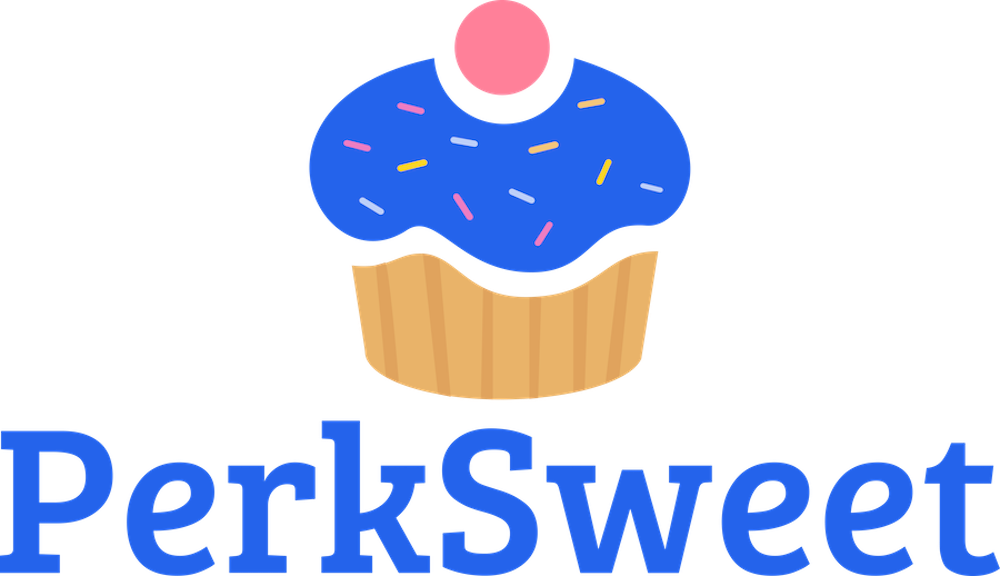Boosting employee retention through rewards and recognition is a critical aspect of modern HR practices, given the rapidly evolving workplace dynamics and the increased trend of job-switching. In this extended analysis, we will delve into various facets of employee recognition and its significant impact on retention, drawing from multiple studies and reports.
The Importance of Employee Recognition in Retention
The challenge of retaining top talent in the current HR landscape is accentuated by the rise of remote work and frequent job changes. Integrating employee recognition into organizational culture has emerged as a key strategy in response to these challenges.
The Relationship Between Recognition and Retention
- Statistics Highlighting the Impact: A startling 55% of employees consider leaving their jobs due to a lack of recognition, reported by Forbes, while 69% state that better rewards could motivate longer tenure (Forbes).
- HR Leaders Acknowledge the Importance: A significant 83% of HR leaders recognize the role of employee recognition in reinforcing organizational values, according to Workhuman-Gallup Report.
Digital Rewards and Recognition: Adapting to a New Era
With the shift towards remote work, digital rewards and recognition platforms have become essential, enabling a culture of appreciation in diverse work settings.
Employee Retention Strategies Beyond Office Perks
- Recognizing Individual Needs: Beyond salary and benefits, understanding each employee’s unique needs are crucial. Personal recognition is highly significant, with studies indicating that 80% of employees work harder for an appreciative boss, and 70% feel better about themselves when recognized (Glassdoor).
- Gamification in the Workplace: Introducing competitive and gaming elements can encourage engagement and recognition, with 72% of employees being inspired to work harder through gamification (HBR).
Implementing Reward and Recognition Practices
Implementing reward and recognition practices in the workplace is a multifaceted approach that significantly enhances teamwork, morale, productivity, and engagement. Each of these practices brings unique benefits and collectively contributes to a positive and productive work environment.
- Peer-to-Peer Recognition Through Kudos
Peer-to-peer recognition is a powerful tool for boosting employee engagement and morale. This type of recognition motivates employees to produce better business outcomes, deliver superior customer service experiences, and uphold a positive workplace culture. It has been shown that companies with highly engaged workforces see a 21% increase in profitability, according to Gallup. Additionally, a program that recognizes employees’ strengths can result in a 14% to 29% increase in profits, reported by HBR.
- Friendly Competition with Gamification
Gamification in the workplace introduces competitive elements that stimulate productivity and engagement. This approach encourages employees to engage more actively in their roles, thereby boosting morale and productivity. By making work more enjoyable and interactive, gamification can significantly increase the motivation and productivity of employees.
- Top-Down Recognition with Badges
Implementing a system of recognizing achievements through badges is an effective way to acknowledge employee milestones and adherence to company values. This form of recognition helps in reinforcing the desired behaviors and achievements within an organization. It also serves as a constant reminder of the individual’s contributions and the appreciation they have garnered, which can be highly motivating.
- Using Social Tools for Recognition
Social tools for recognition are instrumental in promoting a culture of recognition and collaboration. Digital platforms offer flexibility for employees to give and receive recognition anytime, anywhere, which is particularly beneficial for remote teams. These tools amplify the visibility of recognition, offer a variety of ways to express appreciation, and can integrate seamlessly with other tools used by the team, according to HBR.
- The Impact on Teamwork, Morale, and Engagement
Overall, these practices have a profound impact on teamwork and morale. According to Gallup, they create a positive and motivating work environment, increase job satisfaction, enhance employee engagement, and improve retention rates. Recognizing and appreciating the efforts of individuals and teams fosters a culture of appreciation, attracting and retaining top talent, and increasing employee loyalty and commitment.
Incorporating these practices into your organizational culture can transform the way employees interact, collaborate, and perform, leading to a more engaged, appreciated, and motivated workforce.
Technology: Catalyst for a Culture of Appreciation
Technology, especially in the digital workplace, is vital for fostering a culture of appreciation and recognition.
Case Study: Sandals Resorts’ Leveraging Digital Technology
Sandal’s, with over 14,000 employees, successfully implemented a mobile-optimized employee experience platform, enhancing engagement and cultural initiatives.
Attracting and Retaining Talent: A Critical Challenge
- High Performers’ Productivity: Top talent can be up to eight times more productive, especially in complex roles (McKinsey).
- Talent Scarcity and the War for Talent: The departure of baby boomers and technological advancements create a talent gap, intensifying competition for top talent (McKinsey).
Leveraging Technology in Talent Management
Predictive modeling and analytics can significantly improve hiring processes and retention strategies.
Summary
The integration of employee recognition into organizational culture plays a pivotal role in employee retention. The statistics and studies from various sources highlight the undeniable link between recognition and various positive outcomes such as increased employee engagement, productivity, and reduced turnover. Adapting recognition strategies to the changing work environment, especially with the rise of remote work, and understanding the diverse needs of employees are key elements in effectively retaining top talent in today’s competitive market.
PERKSWEET REWARDS PLATFORM
Elevate your workplace with PerkSweet’s comprehensive reward and recognition software. Create an environment of appreciation with personalized badges, celebrating each milestone and achievement. Spark healthy competition with engaging leaderboards and empower your team with meaningful peer-to-peer recognition.
BOOK YOUR DEMO NOW
Discover how PerkSweet can transform your team’s morale and productivity. Get started with your free demo today or try our interactive demo tour at your own pace!
Discussion on Employee Recognition Software
1. Employee Recognition Software and Retention: These tools foster a culture of appreciation, thereby increasing retention likelihood.
2. Role of Gamification in the Workplace: Introduces competitive elements, boosting morale and productivity.
3. Importance of Retaining Top Talent: Crucial for maintaining high productivity and competitive advantage.
4. Impact of Peer-to-Peer Recognition on Team Dynamics: Strengthens bonds and enhances collaboration.
5. Benefits of Mobile-Optimized Employee Experience Platforms: Ensures accessibility, fostering engagement and inclusivity.

